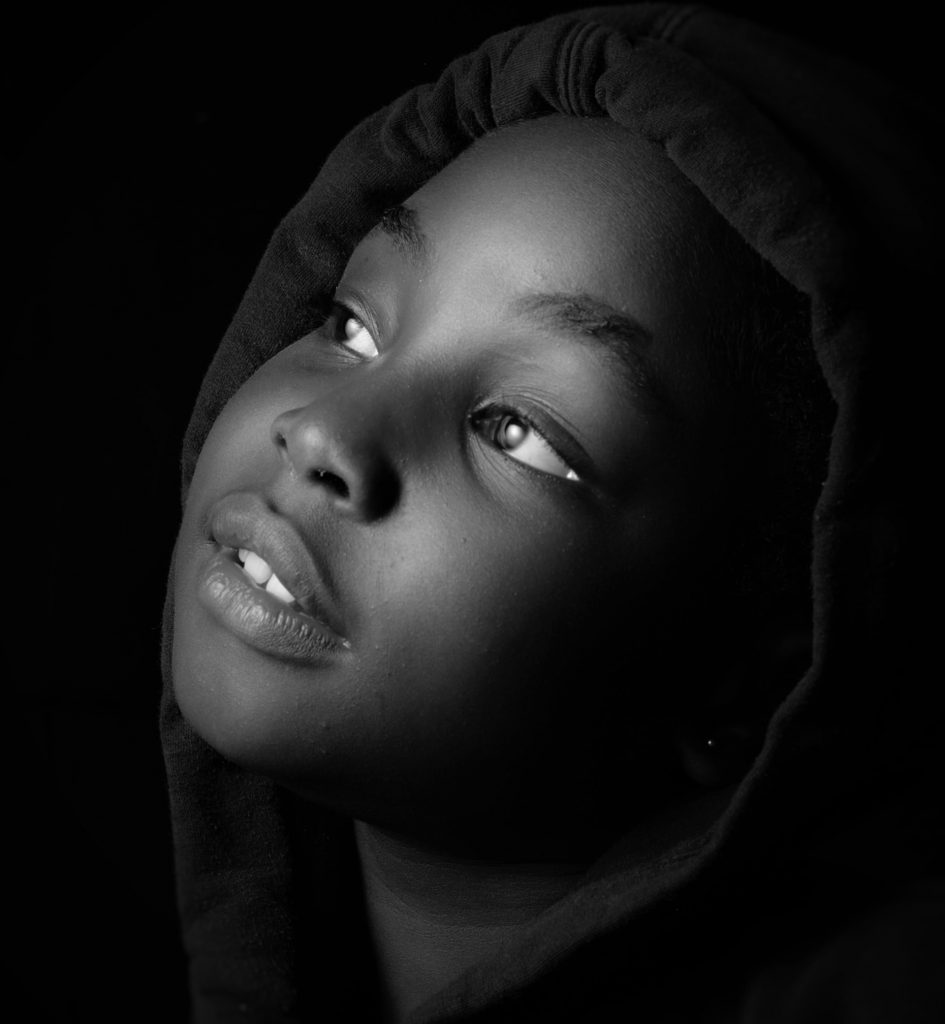The Effects of Community Violence on Black Youth
A professor in the Department of Psychology found that community violence impacts Black youth in unique ways.

By Tiarra Drisker ‘25
Within the field of clinical psychology, there is a lack of knowledge in regards to African American youth and their responses to stress. Stress no doubt plays an important role in everyone’s lives, but young people are particularly more susceptible to the negative effects of stress due to lack of control over their environments.
Noni Gaylord-Harden, a professor in the Department of Psychology, works with Black children and families to broaden the understanding of stress, coping, and psychosocial functioning in African American adolescents. Gaylord-Harden’s research also includes the effect of community violence as a stressor on youth in urban communities as a whole.
“Young people don’t have the same level of autonomy as adults,” Gaylord-Harden said. “The importance of addressing this in African American children is recognizing that a great deal of the work on African American children was focused on how stress impacted their disruptive behavior. It was almost like African American children didn’t have an internal or emotional life. That’s how the field treated African American children for a long time. It was important for me to start to address some of the areas of psychological functioning that were being overlooked but could easily have an impact on the daily lives of African American kids.”
Her research found several interesting conclusions. One such finding is a result of the lack of resources and attention on community needs. Systemic racism, oppression, and marginalization stem from this lack of resources and leads to large levels of uncontrollable stressors for young people. Another finding is that 90 percent of adolescents within the community had witnessed or had been a victim of at least one violent event. Gaylord-Harden said one of her most important research findings is the role of community violence as a traumatic stressor.
“It’s different from stressors being experienced in their friend group, things they might be experiencing at home, or academic stressors,” Gaylord-Harden explained. “This is a stressor that has a threat of bodily harm or death. It’s traumatic whether they’ve been a witness or a victim of community violence. This is important because a great deal of my work has focused on desensitization of community violence. We found that young people are not desensitized to violence. There can be emotional numbing which is not unusual in the face of traumatic stress. At the same time, there is a physiological reaction to community violence. We found that community violence is a traumatic stressor that impacts young people through post traumatic stress symptoms.”
Gaylord-Harden noted that this physiological reaction is exhibited as symptoms of posttraumatic stress disorder, such as physiological hyperarousal and hypervigilance. Current treatments for post traumatic stress disorder focus on helping people recover from one significantly traumatic event, but what about people who are in communities with continuous traumatic events?
“We’ve learned that we need to modify our interventions so that they better reflect the experiences of young people in under-resourced urban communities,” Gaylord-Harden shared. “Some of these behaviors that we consider to be maladaptive, dysfunctional, or symptoms are actually adaptive within certain settings and contexts. In one of our studies, young people who showed high levels of hypervigilance had lower levels of witnessing violence and being a victim one year later. It questions some of our intervention approaches in the field that focus on reducing those symptoms because if our work has shown that it is helpful, then we need to do a better job at tailoring our intervention to specific contexts so that we’re not disabling survival strategies of young people through our intervention.”
There are steps that parents and guardians of Black children and children who are in communities that experience high levels of violence can take to encourage mental and emotional health in their children. According to Gaylord-Harden, to keep their children safe as well as mentally and emotionally healthy, parents should be flexible and understand that adolescents cope in different ways, recognize changes in their child’s behavior, keep an open line of communication, and limit social media exposure about violent events.
“It is important for parents who are in communities that are experiencing high levels of violence to have compassion for themselves and for their families,” Gaylord-Harden said. “As parents, we want to be there for young people but, if parents have also been exposed to violence, they may not be able to show up in the same way that they could before. First, take care of yourself. Also remember to take a moment before you react to what young people say and consider how it’s impacting them, not only the situation they experienced, but the impact that telling you is having on them.”
